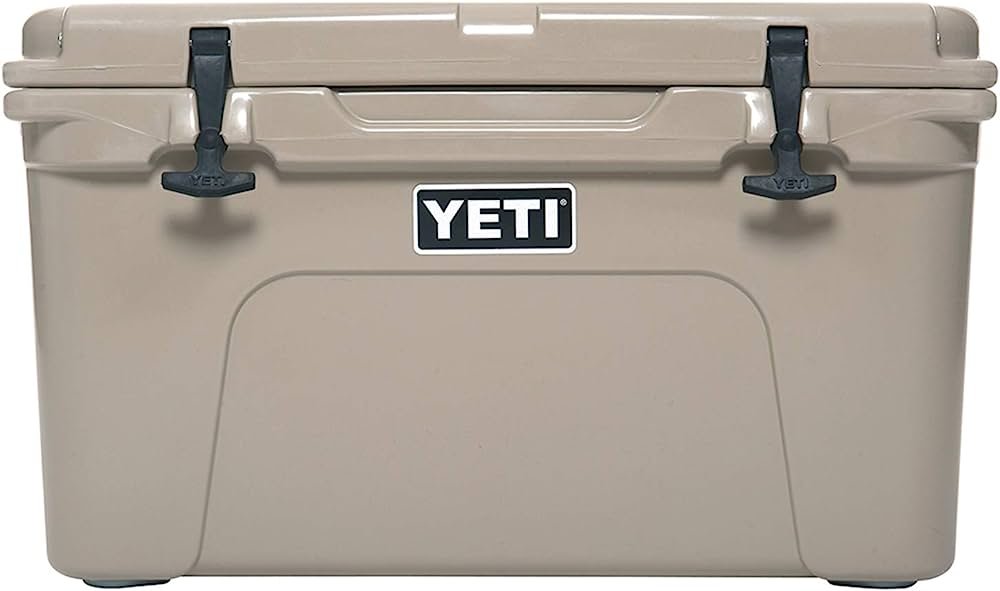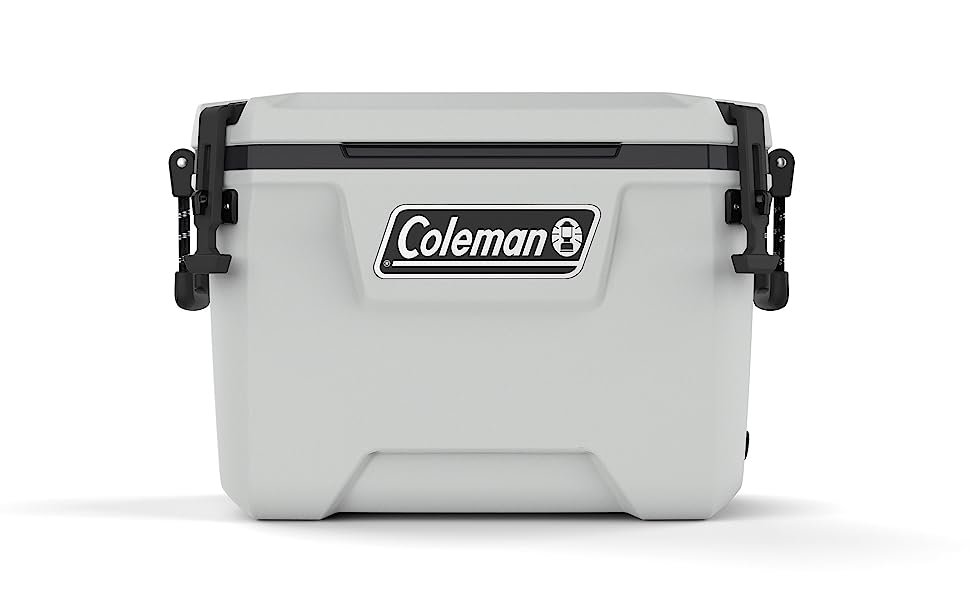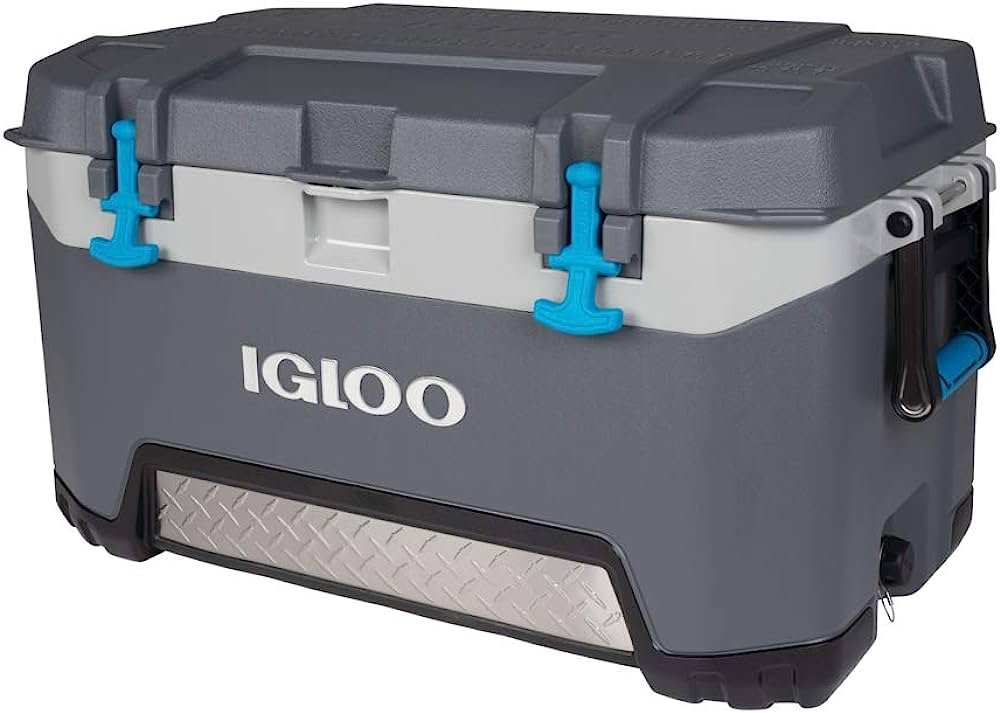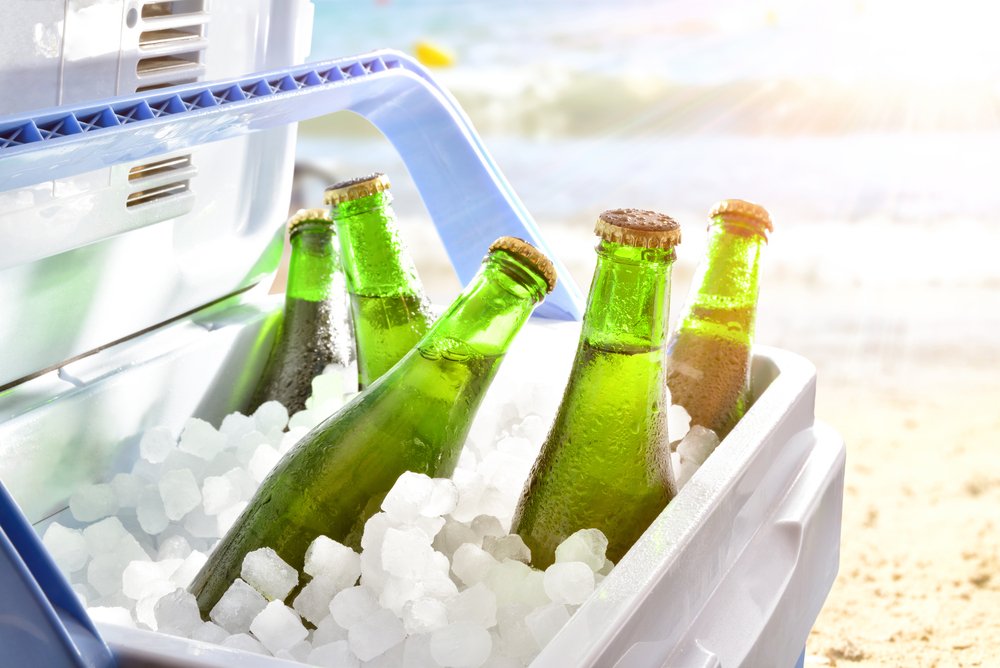Few things can be more enticing on a hot afternoon than an ice cold beer or a chilled soda. Whether you’re cooking outdoors, entertaining guests at a garden party, or heading out to the lakes to fish, hike or camp, keeping your stuff on ice can help turn a sweaty summer’s day into a festive dream.
There are plenty of coolers to choose from, but how can you make sure the cooler you’re buying is going to stand up to the knocks, bumps, and scrapes that can come with regular use? More importantly, how do you know it’s going to keep your drinks ice cold if you’re out in the sun for days at a time?
Today, we’re taking a look at heavy duty coolers, coolers that are designed for tough wear, regular use, wild adventures, and the great outdoors. We’re going to be scrutinizing three leading companies when it comes to the design and manufacture of heavy duty, hardside cooler boxes, assessing them for price, functionality, durability, and plenty more.
Before we dive in, let’s have a quick think about what you might want to look out for when choosing a cooler that’s suited to you.
Factors to consider when buying a heavy duty cooler
Size
Most coolers in the U.S. these days are measured in quarts, but what does that actually mean in terms of storage space?
Different companies can give you different estimates in terms of how many soda or beer cans their product can fit, and remember, most will push this estimate to the limit! As a rough gauge, however, a single quart should be able to hold a can of soda or a small can of beer, plus a very small amount of ice.
However, that estimate is a real squeeze, and once you start adding in more ice your volume for storing drinks is going to go down. That’s why, as a general guide, you can use a ‘two-thirds to three-quarters’ rule. For example, if a cooler has 100 quarts, you should be able to fit between 65 and 75 cans in there, along with a small amount of ice. The more ice you pack in, the lower this number will be.
If possible, take a trip to your local outdoors store and have a glance at a few different sizes. Even if you don’t buy there and then, it will give you an idea of what different quart measurements actually look like.
Insulation
Arguably the most important feature of any self-respecting cooler is how well it keeps its cool. Insulation is the primary player in all this.
The vast majority of commercial coolers rely on some form of foam insulation. Cheaper models will likely have light, loose-bubbled foam that’s inexpensive but less effective at trapping temperature. Higher-end coolers will make use of denser foam, with less space inside and between bubbles.
Good quality insulation often requires thick layers on all edges of the cooler, not just the vertical sides. Again, cheaper models may prioritize keeping the walls padded, but leave the bottom and lid relatively thin. Heat can escape from any angle, so a good cooler will have all angles covered.
Finally, ensuring that your cooler lid has a tight seal can help lock in the cold. Top-end coolers will likely make use of lock-tight rubber seals that allow very little temperature to escape.
Durability
Depending on whether you’re going to be using your cooler for the occasional party, or taking it for rough deep sea fishing excursions every week, you may want to think carefully about how tough and durable the build is.
Rotomolding is a higher-end style of manufacture which tends to result in even layers of thickness in the material. It’s lightweight, tough, and generally resistant to cracks.
Injection molded models are often cheaper to manufacture and assemble, but also require numerous parts fitted together, rather than a single rotomolded frame. This usually means they are less durable and more liable to cracking.
Some heavy-duty coolers are also advertised as being bear proof, with the Interagency Grizzly Bear Committee (IGBC) giving some products their seal of approval. Pay attention to details though, because even ‘bear proof’ coolers may require additional bear proof locks to keep them truly secure.
Portability
It goes without saying that the heavier your cooler, the harder it’s going to be to cart around. Think carefully about whether you’re hoping to haul your cooler to and from the beach single handedly, or whether you’re happy to have a buddy help you lift it.
Many of the heavier, larger capacity models require at least two hands to lift them even when empty. Some middle-capacity coolers come with wheels and handles to help with transportation. It all depends on how mobile you want your cooler to be, and whether you’re willing to sacrifice space for the sake of being able to shift it easily.
Who makes the best heavy duty coolers – Yeti, Coleman, or Igloo?
Yeti

Set up in 2006 by a couple of brothers who love the outdoors, Yeti’s stated aim has been to build coolers that can be used day-in, day-out, that lock in temperature effectively, and that will never spoil an outing with poor handles or frustrating leaks.
Their products are geared towards serious adventurers and wilderness lovers, backcountry campers, deep sea anglers, and enthusiasts who are willing to pay for quality gear that won’t let them down.
For multi-day trips, their Tundra Hard Cooler series are a good starting point. Bear proof when a suitable padlock is attached, dry-ice compatible, and with premium insulation and seals, these packs start with the smallest 35 model ($275), capable of fitting on a single paddleboard, and go all the way up to the titanic Tundra 350 ($1500).
They also offer a range of more portable, but still heavy duty, hard case coolers via their popular Roadie series. The 24 is great for long roadtrips and can fit a bottle of wine standing up. The 48 and 60 add a stable set of wheels and ergonomic handle for carting around.
And if you’re looking to entertain and impress, the Yeti V Series is a premium, back-garden party cooler with a sleek, stainless-steel design. It’s capable of holding almost 100 cans of beer and comes with vacuum insulated panels for the best cold holding power Yeti have to offer.
Yeti pride themselves on quality builds, thoughtful designs, and products that can stand up to all manner of punishment. Their faith in the quality of workmanship is evidenced in the fact that many of their heavy duty cooler products come with a 5 year warranty.
Coleman

Coleman has been on the scene for longer than much of the competition, though this popular firm have evolved into more of a generalist outdoor and camping supplier, as opposed to a dedicated manufacturer of coolers.
The original Coleman invented the first portable, gas-powered lantern more than 120 years ago, and the firm are proud of their American heritage and long-standing reputation.
To celebrate this, they’ve released the 1900 Collection, a classy and classic take on the old-school coolers of the 1950s, but with modern insulation technology. The 54 quart ($349.99) can take about 42 cans with ice.
For those looking for a mixture of space and sturdy build, their Convoy series is the place to look. A 100 quart model ($279.99) is competitively priced and comes equipped with leak-proof gaskets. Smaller versions come in at 65 ($224.99), 55 ($179.99) and 28 quart ($134.99).
And if you’re on a budget and looking to get as much cooler for your buck as possible, the 316 Series are great for block parties, BBQ’s, and any other gathering that doesn’t involve too much traveling around. Their 150 quart model is only $149.99 and even comes with a seat and cup holders.
Igloo

Igloo made their name with the iconic Playmate cooler of the 1970s, a design that has often been fondly referred to as ‘America’s lunchbox’.
Nowadays, they produce a range of premium-quality, hard shell coolers designed for regular outdoor use and still competitively priced. Their Trailmate® series stands as their flagship range, with small 25 quart coolers costing less than $100, and double the capacity at 50 quart only climbing as high as $129.99.
They also do a wheelable party cooler with 125 quarts for $229.99, ideal for festive times in the backyard.
Igloo’s highest performing cooler range is the IMX series. Packed with advanced Ultratherm® insulation, heavy-grade latches, and tightly sealed lids, these are the ones to consider if you’re looking for something designed for the rugged outdoors and not just the backyard. The IMX come in 24 quart ($149.99) or larger 70 quart models ($299.99)
If you want a timeless, retro aesthetic, the Legacy series come in a range of pastel shades, bringing a Summer of Love vibe to your cook-out, all packing 54 quarts and costing $239.99.
And for those who want to keep their cooler as eco-friendly as possible, Igloo are the first company to have designed a hardside cooler manufactured from recycled plastic. Their ECOCOOL® range start at just $49.99 for a 16 quart model.
Who hard-sided cooler should I buy – Yeti, Coleman, or Igloo?
Yeti is a great choice for outdoor enthusiasts willing to pay premium prices for the toughest, most durable, and most thoughtfully designed hardside coolers out there. Serious adventurers who want a cooler that will stand up to the toughest wear and tear would do well to consider this dedicated, specialized firm.
Coleman can be relied upon for functional cooler space at an extremely competitive price, though are unlikely to match the durability and temperature retention of their pricier competitors. Great for those on a budget though and ideal for casual parties or summer evenings at home.
Igloo sits somewhere in the middle of the two, offering a blend of premium quality products built for serious outdoor use, but not commanding quite the same price tag as Yeti. On the other hand, their hardside designs may not have quite the same top-shelf durability as Yeti’s hard wearing range.

